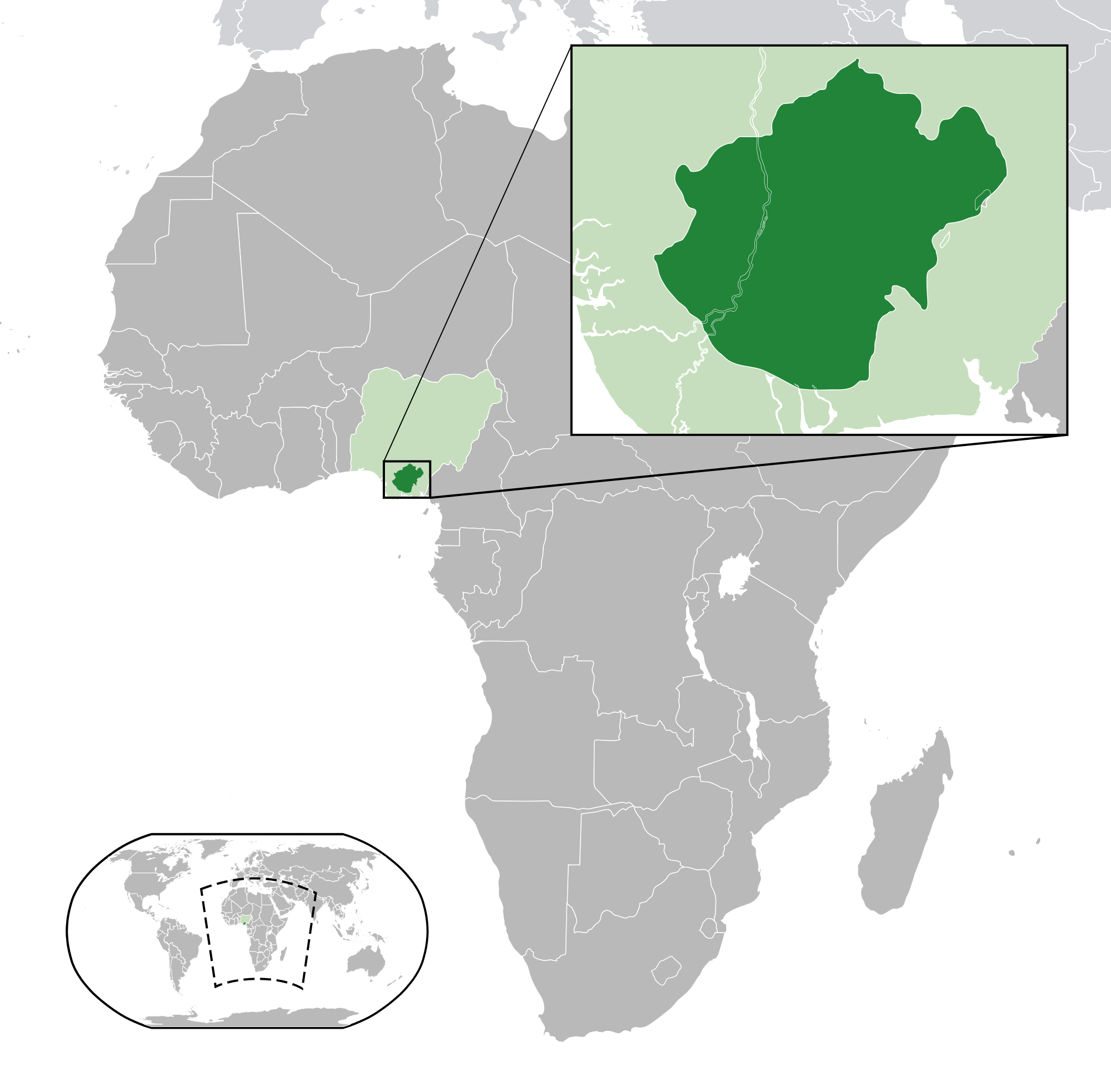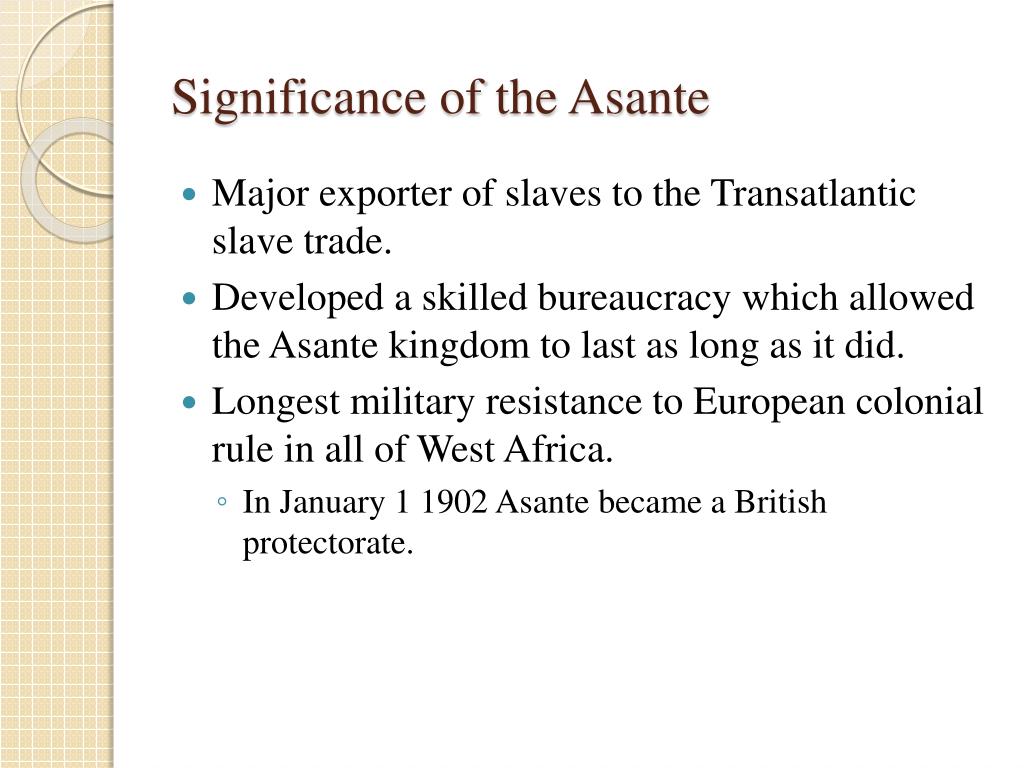
Most of these wars afforded the opportunity to acquire more slaves for trade. From 1790 until 1896, the Ashanti Empire was in a perpetual state of war involving expansion or defense of its domain. The consequence of this trade for the Ashanti and their neighbors was horrendous. In exchange, the Ashanti received luxury items and some manufactured goods including most importantly firearms. By 1800, the trade had shifted to the south as the Ashanti sought to meet the growing demand of the British, Dutch, and French for captives. The slave trade was originally focused north with captives going to Mande and Hausa traders who exchanged them for goods from North Africa and indirectly from Europe. If the early Ashanti Empire economy depended on the gold trade in the 1700s, by the early 1800s it had become a major exporter of enslaved people. Periodically they were melted down and fashioned into new patterns of display in jewelry and statuary.

Larger gold ornaments owned by the royal family and the wealthy were far more valuable. However even relatively poor subjects used gold dust as ornamentation on their clothing and other possessions. Gold dust was frequently accumulated by Asante citizens, particularly by the evolving wealthy merchant class. He also made gold dust the circulating currency in the empire. Osei Tutu made the gold mines royal possessions. Gold was the major product of the Ashanti Empire. Upon that Stool Osei Tutu legitimized his rule and that of the royal dynasty that followed him. Most importantly, he created the Golden Stool, which he argued represented the ancestors of all the Ashanti. He also created a constitution, reorganized and centralized the military, and created a new cultural festival, Odwira, which symbolized the new union. The Asantehene made Kumasi the capital of the new empire. The Asantehene organized the Asante union, an alliance of Akan-speaking people who were now loyal to his central authority. That situation changed when Osei Tutu, the Asantehene (paramount chief) of Ashanti from 1701 to 1717, and his priest Komfo Anokye, unified the independent chiefdoms into the most powerful political and military state in the coastal region. Nonetheless when the 18th Century began Ashanti was simply one of Akan-speaking Portuguese trading partners in the region.

They made Ashanti a significant trading partner, providing wealth and weapons which allowed the small state to grow stronger than its neighbors. During this era the Portuguese were the most active Europeans in West Africa. In some ways the Empire grew out of the wars and dislocations caused by Europeans who sought the famous gold deposits which gave this region its name, the Gold Coast. The Ashanti established their state around Kumasi in the late 1600s, shortly after their first encounter with Europeans. The Ashanti or Asante were an ethnic subgroup of the Akan-speaking people, and were composed of small chiefdoms.

The Ashanti Empire was a pre-colonial West African state that emerged in the 17th century in what is now Ghana.


 0 kommentar(er)
0 kommentar(er)
